As we all know, the industrial & logistics investment market took quite a turn in the second half of last year. Going from record-breaking highs to quite dramatic lows, as the country faced the economic challenge of rising interest rates and inflation, the chaos surrounding the mini-budget and a slowdown in the growth of online retail.
While 2022 investment volumes signalled the second strongest year ever recorded, reaching in excess of £12 billion, Q4 volumes fell back to one of the lowest levels in the past decade.
Against this backdrop, it is unsurprising that investor confidence was at a low point, with both buyers and sellers holding out due to a lack of any pricing stability or certainty. Further turmoil created by the mini-budget saw a wave of sellers forced to market assets in order to meet redemption pressures. Sales across the board struggled due to the cost of debt, single handily wiping out over 30 per cent of capital values. This saw property, and industrial & logistics in particular, look less appealing next to Government Bonds.
It was not all doom and gloom, however, and deals did still happen; including Threadneedle’s £40 million Project Fox sale to Urban Logistics REIT and Aviva’s £50 million purchase of the Brakes Brothers unit in Reading.
It’s also important to note that while capital values fell across the market, this downturn has been unique in regards to the price shift. Moving out significantly quicker than during the Global Financial Crisis (GFC). Also, loan-to-value ratios are far lower than they were back in 2008 and this has helped to stabilise pricing much faster and uphold liquidity levels.
Ultimately, though, ‘what goes up must come down’ and this is no different for yields. We are already seeing more positive market sentiment during the start of 2023, with the economic fall-out from September appearing to settle. Rishi Sunak’s pledge for stability also appears to have had a calming effect. However, as a result we have seen SONIA swap rates rise, in expectation of further and more sustained interest rate rises.
While it has been a typically quiet January, investors have come out of the start gates with a bit more vigour. A number of assets which were marketed, but failed to attract offers at an acceptable level, have now seen a return to competitive bidding, with pricing moving back towards the 4.50 per cent net initial yield that vendors were holding out for in Q4 2022.
This has transcended across the buyer pool, with investors who were less active at the end of last year, particularly the UK funds and institutions, beginning to re-emerge with active buy-side requirements.
Consequently, a fairly sedate Q1 is expected to be followed by a more buoyant Q2.
This will be supported by the strong occupational market, with low vacancy rates continuing to maintain capital values. What’s more, positive rental growth forecasts are instilling confidence, especially in comparison to other sectors where rents are likely to remain stagnant.
The growing number of parties inspecting assets currently being openly marketed is expected to translate into more offers being received. Combined with these good occupational fundamentals, this increased competitive tension is expected to put downward pressure on prime yields.
While the sector has likely left its record breaking days behind, it is crucial to remember that the market is considerably more healthy than it was in the aftermath of the GFC. Despite a slow start, the prospect of a softer than expected landing in the UK economy all point towards a strong recovery towards the end of 2023.
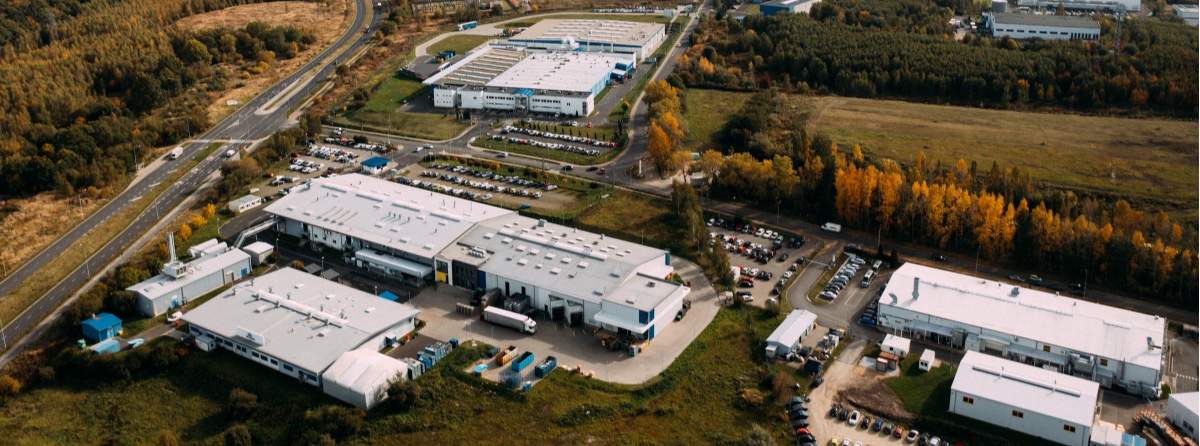

.jpg)
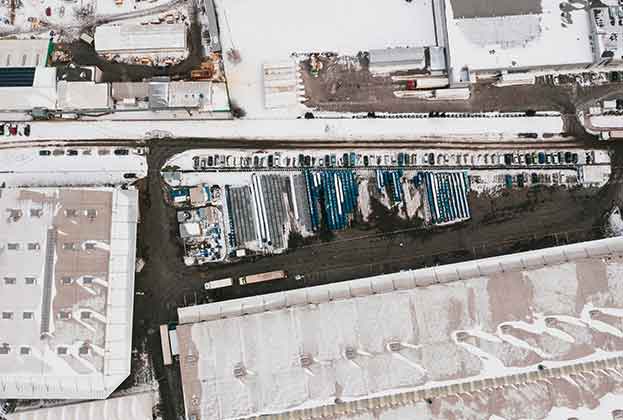
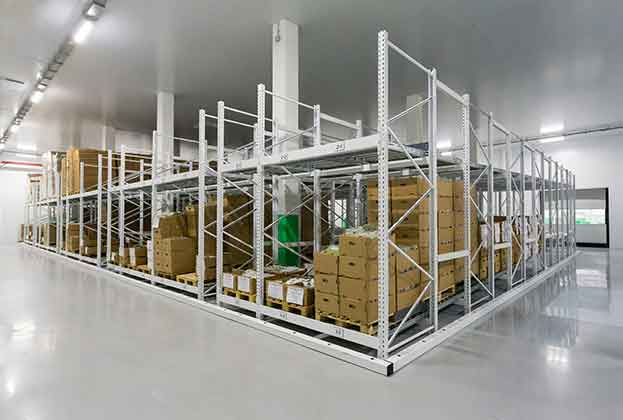
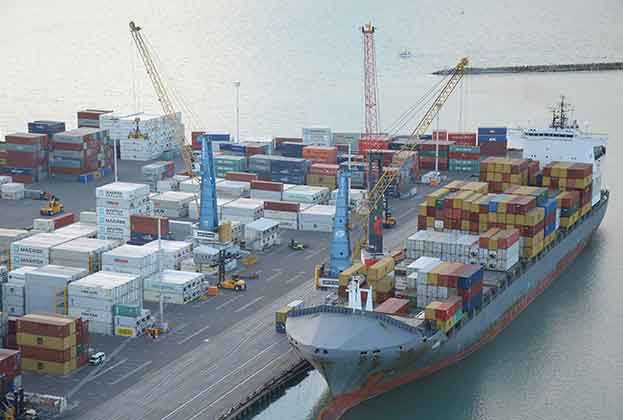
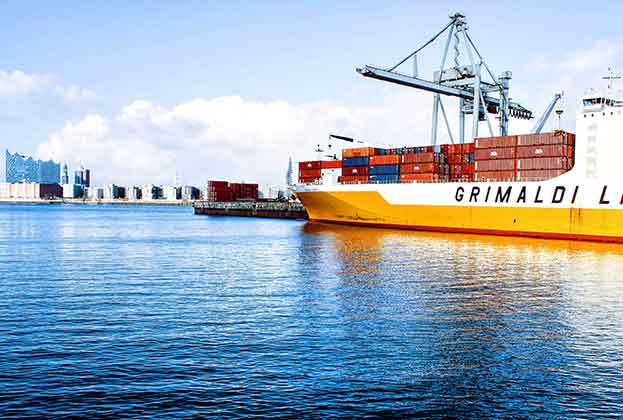

.jpg)

.jpg)